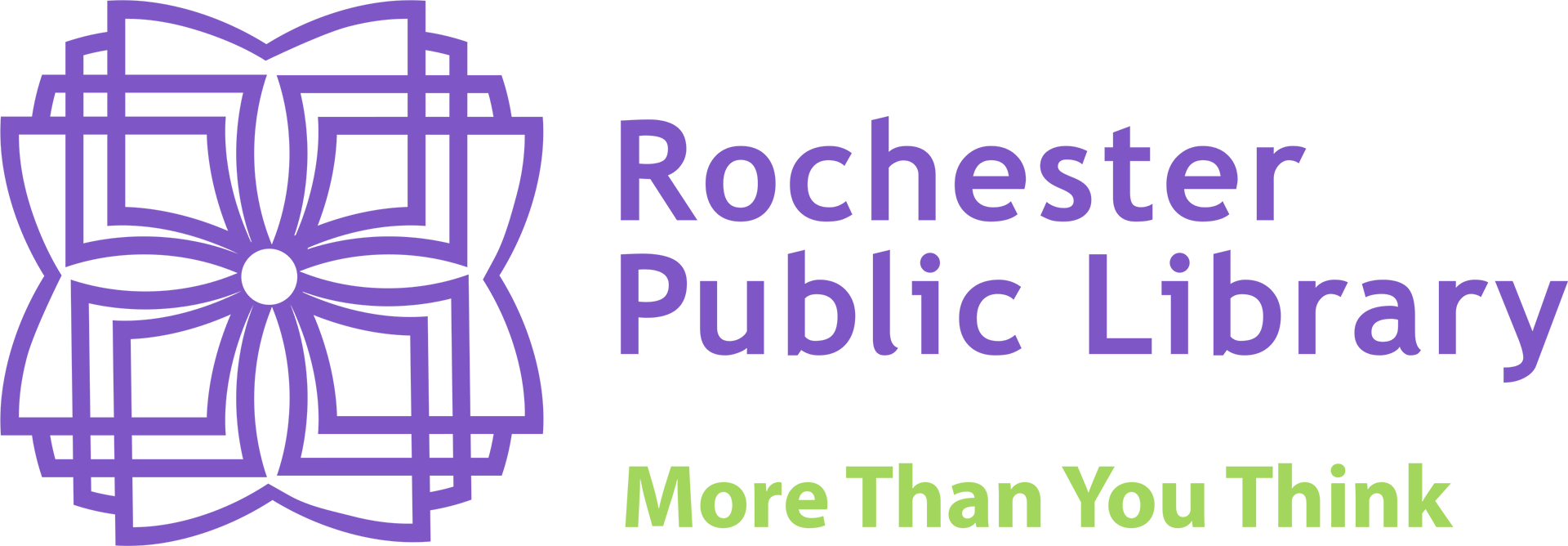What is a Patent?
There are three types of patents.
Utility patents are for any new or useful process, machine, article of manufacture, or composition of matter, or any new and useful improvement thereof. Most patents are utility patents. Utility patents are protected for 20 years.
Design Patents are granted for a new, original, and ornamental design for an article of manufacture. Design patents protect the way something looks, not how it is used. Design patents are protected for 15 years.
Plant patents are granted for a distinct and new variety of plant that is asexually reproduced, not including a tuber propagated plant or plants found in an uncultivated state. Plant patents last 20 years.
To qualify for a patent, the invention must be new and non-obvious. The patent should provide enough information that someone skilled in the field can be able to reproduce it. Once you decide that your invention is patent-able, you will need to do a preliminary patent search.
Seven Step Search Strategy
The Seven Step Strategy is put forth by the United States Patent and Trademark Office. It is a simplified instruction manual for doing a search at a Patent and Trademark Resource Center. The search approach is based on U.S. patent classifications instead of keywords. Patents granted prior to 1976 are not searchable by keywords, only by classification or patent number.
Newer patents can be difficult to find given that the language of patents can be strange. For example, a cuckoo clock is called a “horological instrument with musical simulated avian.” If you can figure out what classification and sub-classification numbers your invention falls under, you can search by those numbers with greater success. Below are the 7 steps.
1. Brainstorm Terms
2. Use terms to find relevant CPC codes
3. Verify the relevancy using classifications, and review definitions.
4. Retrieve US Patent documents with relevant CPC classification, review and narrow down relevant documents.
5. Review finding in-depth focusing on drawing, specifications, and claims.
6. Retrieve published applications from AppFT and examine.
7. Broaden search to non-US patents
Questions to Consider:
What does my invention do?
What are the problems with the existing invention?
How will my invention solve this problem?
How will my invention implement a solution?
Provisional Patent Application
An option for inventors is a provisional patent application (PPA). The PPA is a simplified filing with a one year window to apply for a non-provisional patent. Benefits of filing a PPA include an earlier filing date, a one year period to assess the commercial potential of the invention, and to put together a non-provisional application. The PPA also allows immediate commercial promotion of the invention. A PPA is NOT a patent application. The applicant must file a non-provisional application within one year.
Maintenance Fees
Utility patents require maintenance fees to keep patents enforced. Maintenance fees are mandatory every 3.5 years, 7.5 years, and 11.5 years after the date of issue. Learn more about maintenance fees and other patent fees at [https://www.uspto.gov/learning-and-resources/fees-and-payment/uspto-fee-schedule].
Other Internet sources for information on intellectual property:
Google Patents
Process for Obtaining a Utility Patent
World Intellectual Property Organization

